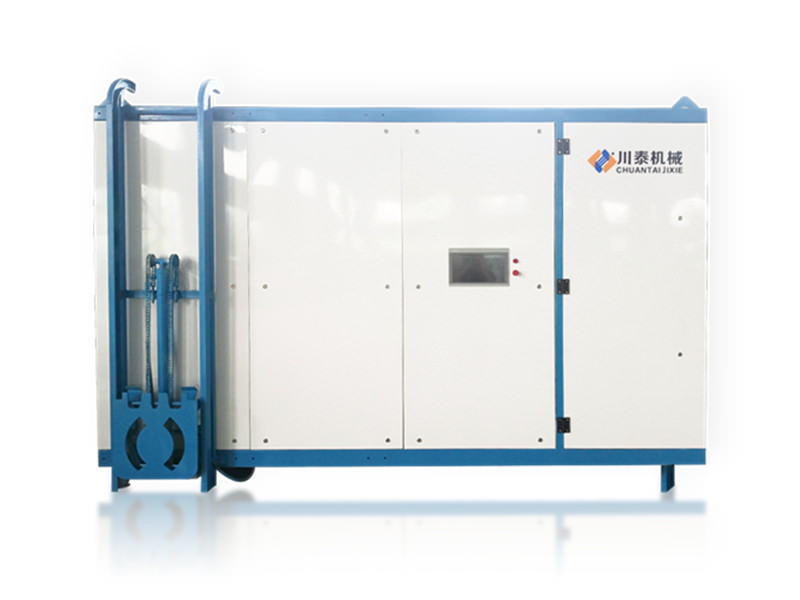
Introduction:
In a world where environmental concerns are at the forefront of global conversations, innovative solutions are emerging to address critical issues such as food waste. One such groundbreaking technology making waves in the sustainability realm is the Food Waste Press Dewatering Machine. This article delves into the significance of these machines, their operation, and the positive impact they have on reducing food waste.
The Problem of Food Waste:
Food waste is a pressing global issue, with enormous environmental, economic, and social consequences. According to the Food and Agriculture Organization (FAO) of the United Nations, approximately one-third of all food produced for human consumption is lost or wasted annually. This not only contributes to greenhouse gas emissions but also exacerbates issues of hunger and resource depletion.
Enter the Food Waste Press Dewatering Machine:
Food Waste Press Dewatering Machines represent a game-changing solution to the problem of food waste. These machines are designed to efficiently remove moisture from food waste, significantly reducing its volume and weight. The process involves applying pressure to the food waste, extracting water content, and producing a drier, more manageable residue.
How It Works:
Collection: Food waste, including kitchen scraps, leftovers, and organic matter, is collected in a designated receptacle.
Loading: The collected food waste is loaded into the Food Waste Press Dewatering Machine.
Pressing: The machine applies pressure to the waste, extracting excess water and reducing its volume.
Residue Collection: The dewatered residue, now in a solid form, is collected for further processing or disposal.
Liquid Separation: The extracted water is separated from the waste and can be repurposed for other uses or safely disposed of.
Environmental Benefits:
Reduced Greenhouse Gas Emissions: By minimizing the volume of food waste, these machines help decrease the production of methane, a potent greenhouse gas emitted during the decomposition of organic waste in landfills.
Lower Transportation Costs: The reduced weight and volume of dewatered food waste result in lower transportation costs, contributing to economic efficiency.
Resource Conservation: Dewatering food waste conserves valuable resources, such as water, that would otherwise be used in traditional waste treatment processes.
Economic and Social Impact:
Cost Savings: Businesses and municipalities can experience cost savings in waste management and disposal by investing in Food Waste Press Dewatering Machines.
Community Engagement: Implementing these machines fosters community engagement by promoting sustainable practices and responsible waste management.
Conclusion:
The Food Waste Press Dewatering Machine represents a beacon of hope in the battle against food waste. As societies increasingly recognize the urgency of adopting sustainable practices, these innovative technologies play a crucial role in mitigating the environmental impact of our daily activities. By investing in and embracing such solutions, we take a significant step towards a more sustainable and resilient future.

 TEL:+86 17753651813
TEL:+86 17753651813
 EMAIL:liumeifang@chuantaimc.com
EMAIL:liumeifang@chuantaimc.com
 WeChat:17753651813
WeChat:17753651813
 ADD:Fangzi District, Weifang City, Shandong Province, China
ADD:Fangzi District, Weifang City, Shandong Province, China
Copyright © 2022-2024 Chuantai Machinery, INC. All Rights Reserved.
sitemap Screw Press Dewatering Machine